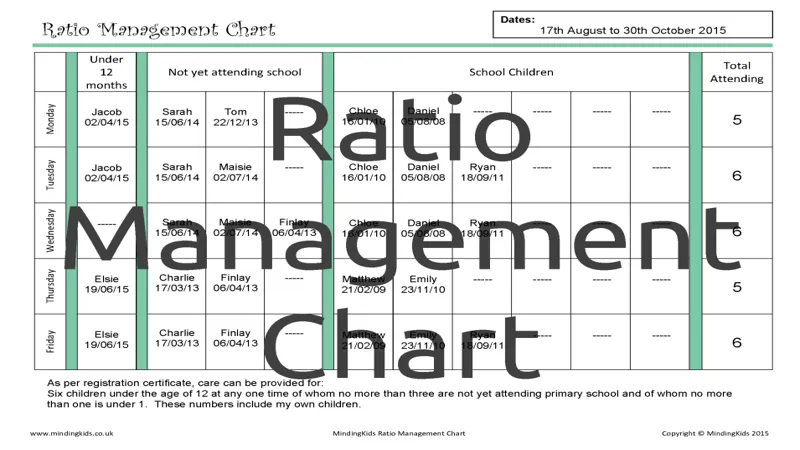In a significant move towards facilitating educational outings, the Isle of Man Steam Packet Company has eased the adult-to-child travel ratios for group ferry trips. This new policy, allowing one adult to supervise eight children, comes as a relief to educators who had expressed concerns over the previous stricter regulations. The National Association of Head Teachers (NAHT) highlighted the challenges posed by the earlier requirement of one adult for every five children, which threatened the feasibility of school trips. With the updated guidelines, schools can look forward to resuming valuable educational experiences, fostering both learning and cultural enrichment for students.
| Aspect | Details |
|---|---|
| Change in Ratios | One adult for every eight children is now allowed for group ferry travel. |
| Previous Ratio | Previously, the ratio was one adult for every five children. |
| Reason for Change | The change was made to improve the viability of school trips following feedback from the NAHT. |
| NAHT’s Concerns | The NAHT expressed worries that higher staffing needs would hinder educational trips. |
| New Supervision Rules | Group leaders can supervise a maximum of four children moving around the vessel. |
| Travel Conditions | Schools must review and sign updated travel conditions before booking. |
| Safety Concerns | While safeguarding is taken seriously, local leaders reported no safety issues on board. |
| Impact on School Trips | Most school trips are likely to be feasible, enhancing education and cultural awareness. |
Understanding the Changes in Group Travel Ratios
Recently, the Isle of Man Steam Packet Company made a significant change to the rules about how many adults must supervise children on school trips. Now, for every eight kids, only one adult is needed instead of the previous rule of one adult for every five children. This means that more school trips can happen without needing as many adults to help out, which is exciting for students and teachers alike!
The teachers’ union, National Association of Head Teachers (NAHT), believes this change will make it easier for schools to plan trips. They were worried that needing more adults would make it hard for schools to organize fun and educational outings. With this new rule, they think that schools can go on more trips, allowing students to learn outside the classroom and experience new things together!
The Importance of School Trips for Students
School trips are not just fun; they are an essential part of learning! When students visit museums, historical sites, or even nature parks, they get to see and experience what they learn in class. This hands-on learning helps them understand complex ideas better and makes lessons more memorable. Plus, school trips can spark new interests and hobbies, encouraging children to explore different subjects more deeply.
Additionally, school trips help students develop important social skills. When they travel together, they learn to work as a team, communicate effectively, and solve problems. These experiences build friendships and create lasting memories. Each trip helps students grow not just academically but also personally, preparing them for future challenges in life.
How the New Rules Affect Schools
With the updated adult-to-child ratio, schools can now plan more trips without worrying about finding enough adult volunteers. This change is important because it means that teachers can focus more on the educational aspects of the trip rather than on logistics. The new rules will still require schools to ensure that children are supervised appropriately, but they are more manageable than before.
Moreover, schools will need to review new travel conditions before booking trips. This ensures that everyone involved understands the safety measures in place for the children’s well-being. By encouraging schools to follow these updated guidelines, the Steam Packet Company aims to provide a safe and enjoyable experience for everyone on board.
Feedback from Teachers and Unions
Teachers and unions are important voices in discussions about school trips. Niamh Sweeney, a leader in the NAHT, shared that the union was very concerned about the previous rules making it difficult for schools to take students on educational trips. By listening to their feedback, the Steam Packet Company has shown that they care about what teachers think, which is a great step toward improving school trip planning.
The union appreciates that the changes will allow for more school trips, although they still emphasize the need for proper supervision. It shows how collaboration between schools and travel companies can lead to better outcomes for students. This partnership is crucial in making sure that trips are not only fun but also safe and enriching for all students.
Safety Considerations in Group Travel
Safety is always the top priority when it comes to group travel with children. The updated rules from the Steam Packet Company aim to ensure that all children are supervised properly during trips. By allowing one adult for every eight children, schools can still maintain a safe environment while making trips more practical to organize.
Even with these new ratios, schools must continue to prioritize students’ safety. This means having responsible adults who can watch over the children and keep them safe while they travel. By balancing safety with the ability to have more trips, schools can create wonderful learning experiences that students will always remember.
Looking Forward to Future Trips
With the changes in group travel ratios, the future of school trips looks bright! Teachers are excited about the possibility of organizing more outings that enhance learning experiences. These trips not only provide education but also foster social skills and teamwork among students. Everyone is eager to see how this new flexibility will open doors for more adventures!
Parents and school leaders also share this excitement. They understand how valuable these trips are for children’s growth and learning. As schools adapt to the new rules, there will likely be more creative and engaging trips planned, allowing students to explore new places and cultures, thus enriching their education even further!
Frequently Asked Questions
What are the new adult-to-child ratios for school trips?
The new ratio allows one adult for every eight children, making most school trips more feasible compared to the previous ratio of one adult for every five children.
Why were the adult-to-child ratios changed?
The changes were made to address concerns from the National Association of Head Teachers about staffing needs for educational trips while ensuring student safety during travel.
How will this change impact school trips?
The relaxed ratios mean that more school trips can now go ahead, enriching students’ education and cultural awareness without overwhelming staffing requirements.
What do schools need to do before booking trips now?
Schools must review and sign updated travel conditions before booking any group travel, ensuring they understand the new supervision measures.
What is the role of group leaders during ferry travel?
Group leaders can supervise up to four children moving around the ferry, ensuring safety while allowing for easier management of the group.
What was the union’s reaction to the changes?
The teachers’ union welcomed the changes, stating that while additional staffing is still needed, the new rules make it more practical for schools to organize trips.
How does this change support student safety?
The updated ratios ensure young passengers are appropriately supervised, as confirmed by the Steam Packet and endorsed by the Department of Education, Sport and Culture.
Summary
The Isle of Man Steam Packet Company has changed its rules for adult-to-child ratios on school ferry trips, now allowing one adult for every eight children. This update, welcomed by the National Association of Head Teachers (NAHT), makes most school trips more feasible after concerns about safety led to stricter ratios last year. Although schools will still need extra staff, the new guidelines allow for better planning of educational trips. NAHT’s Niamh Sweeney noted that these changes will help enrich children’s education and cultural experiences while maintaining essential safety measures.



